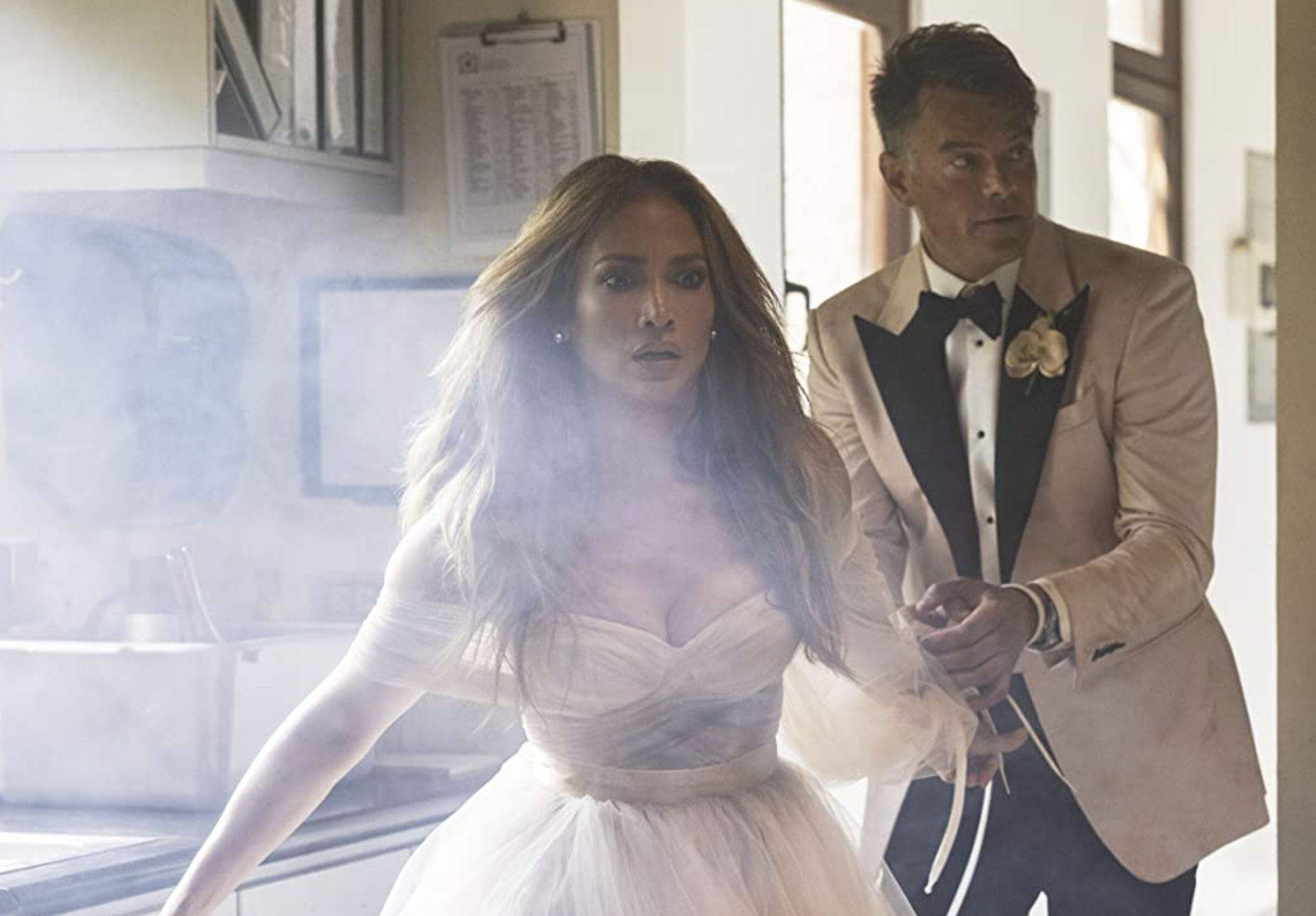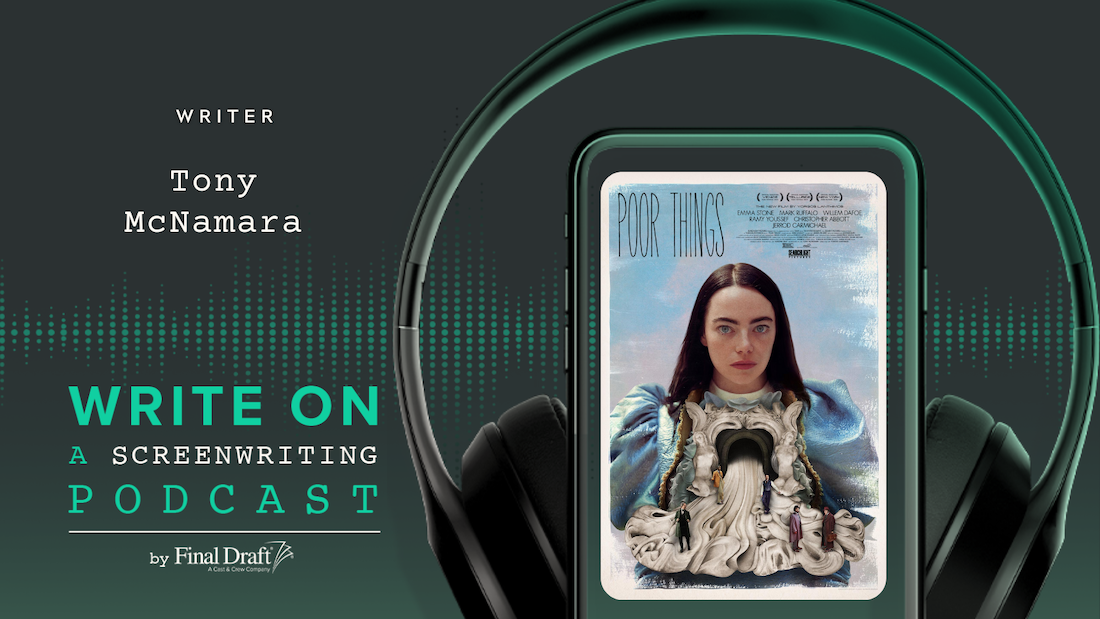What ‘Poor Things’ Can Teach Us About Embracing Uniqueness
January 12, 2024
Poor Things is unlike any movie in theaters. Directed by visionary filmmaker Yorgos Lanthimos and written by Tony McNamara, this strange fantastical comedy tells the story of a woman who is brought back to life by a mad scientist using her own baby's brain and then decides to explore the world and experience all that life has to offer.
Yes... it's weird. It's a Lanthimos movie. But the weirdness is its charm, it's strength, and most importantly, its most powerful storytelling tool.
Here are 5 lessons to take away from the very peculiar narrative of Poor Things.
Open with Intrigue
In Poor Things' opening scene, a woman stands in the middle of a bridge. We don’t see her face, she doesn’t say a word. She's just standing there. And then she jumps.
This moment certainly raises some eyebrows and makes the audience wonder what compelled this woman to commit suicide. But it doesn't stop there.
In the next scene, we meet Bella, an adult using her hands and feet to bang away on a piano like a child. In fact, she acts like a little kid in the way she moves and tries to speak.
Now the audience is intrigued and wants to understand what they’re seeing. They are invested in getting some answers.
"Who was the woman who jumped off the bridge? Why is this woman acting like a child? Wait... are the two women the same woman!?"
Opening your story with something intriguing and mysterious provides an immediate hook for the viewer/audience/reader to grasp onto. Horror movies are often great at this. Take Scream for example, which opens with the "what's your favorite scary movie" question game and then leads to the brutal murder of the most famous person in the cast. The trivia game that Ghostface plays brings the audience into the movie as they consider the answers and starts a who-dun-it type intrigue as the cops try to find the elusive killer.
Regardless of the genre, consider opening your story with something that will grab a hold of the audience’s attention within a few minutes.
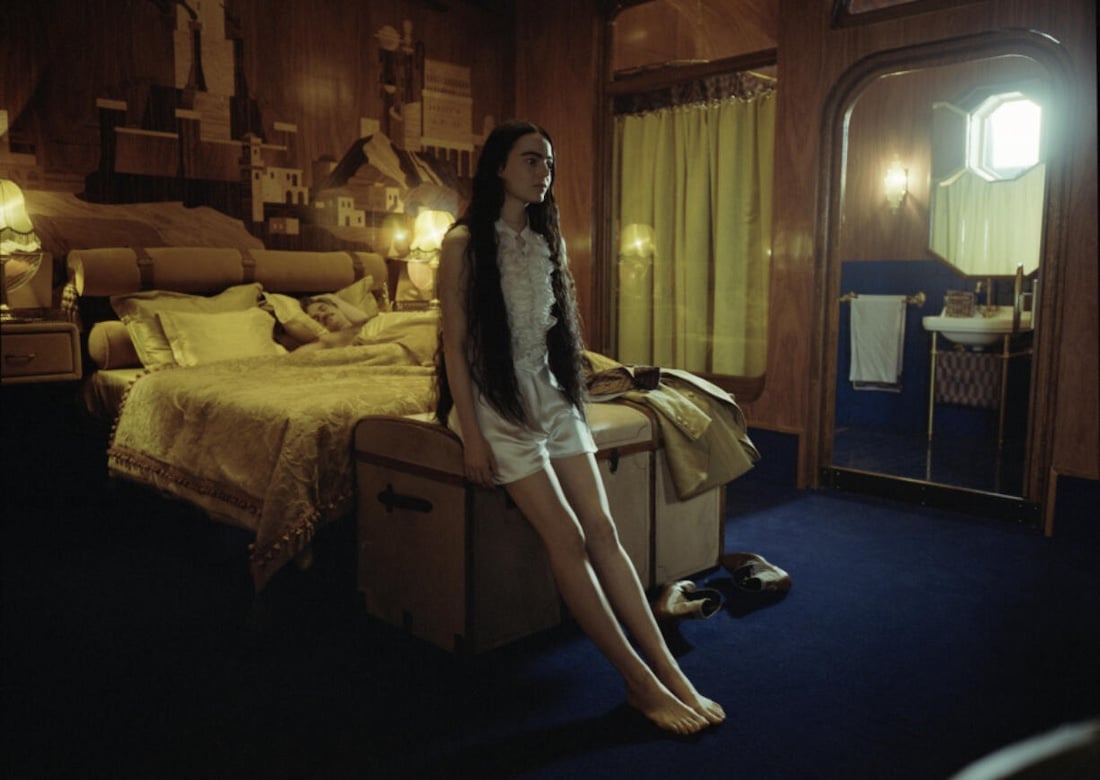
Break Your Script into Chapters
The standard screenplay is broken into acts. However, chapters can help break your script down into easier chunks to tackle. Poor Things does this. Each new destination that Bella embarks on is marked by a superimposed title: London, Lisbon, The Ship, etc. Each location serves as a stepping stone for Bella, ones that lead her from her childlike behavior to her life as an adult.
The chapters have a definitive beginning and ending as well as character arcs for the supporting characters. For instance, in Lisbon, Bella and Duncan Wedderburn (Mark Ruffalo) are completely different types of people developmentally from when they leave the city than when they first got there.
Chapters are a great way to break up the script, help keep things moving along, and ensure you have a consistent, moving arc for your characters.
Unconventional Characters
Hardly anyone in Poor Things is a "normal" character. They’re all interesting and unconventional, namely Bella, who speaks and acts without a filter or any regard for how anyone would react due to her baby brain transplant. In fact, her eccentric behavior is just as entertaining as the way people respond to her.
But crafting an unconventional character doesn't mean you have to give your protagonist their own baby brain transplant... or some other absurd thing. Unconventional can simply mean your character goes against the grain in your narrative.
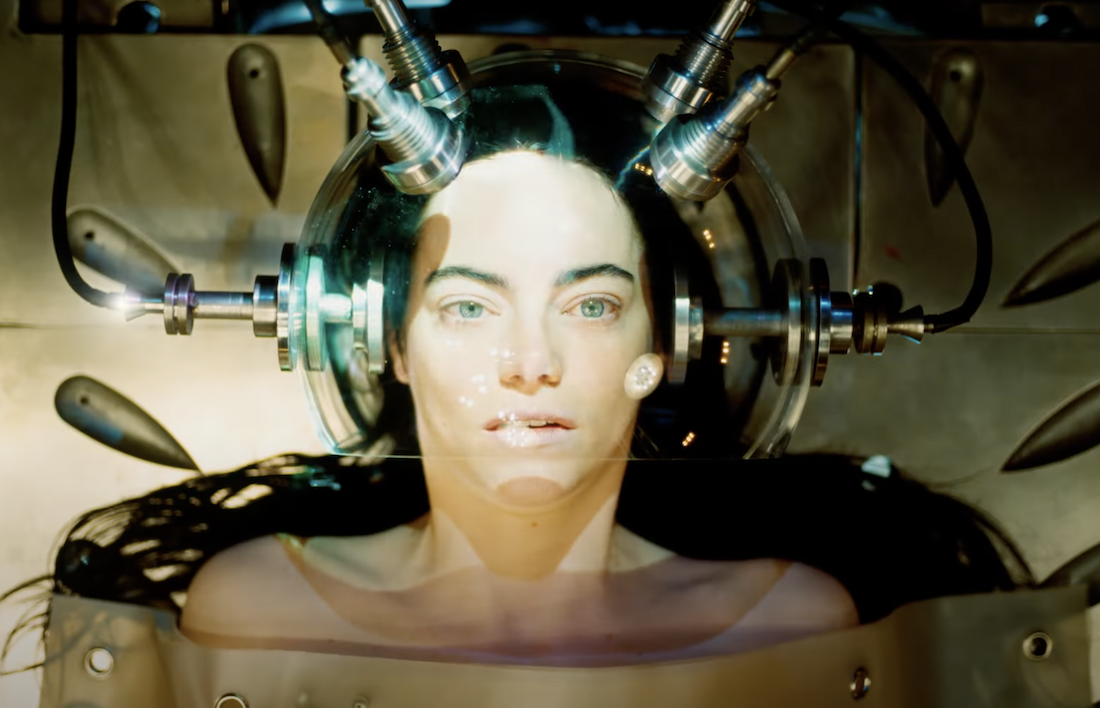
I doubt many people would consider any character in Titanic overtly unconventional — at least not compared to those in Poor Things — but there are several. Jack is unconventional considering he's a poor man dining and conversing with the old-money elites after meeting Rose. Molly Brown is unconventional for the same reason, except her "new money" makes her a helpful ally and bridge between Jack and Rose's family.
So, whether you want to craft a crazy mad scientists who can make it rain pizza or a misunderstood farmworker who loves ballet, learn how to take chances with your characters and allow their uniqueness to charm your audience.
Create a Common Theme
One of the themes of Poor Things centers around the idea of being trapped. In fact, Bella often says out loud that she feels trapped or actually is trapped in her current environment. The filmmakers use this theme of being stuck as a catalyst for Bella to want to break free and experience something different, pushing her arc as she continues to develop from an infant in the first scene to a grown woman later in the film.
In the first act of the movie, Bella evolves from having the mentality of a child into something akin to a teenager, although her adult body never changes. Dr. Godwin Baxter (Willem Dafoe), her caretaker (who she refers to as God), keeps her protected (trapped) inside his house. Even when she escapes, she finds herself trapped in other aspects of life such as locations and relationships.
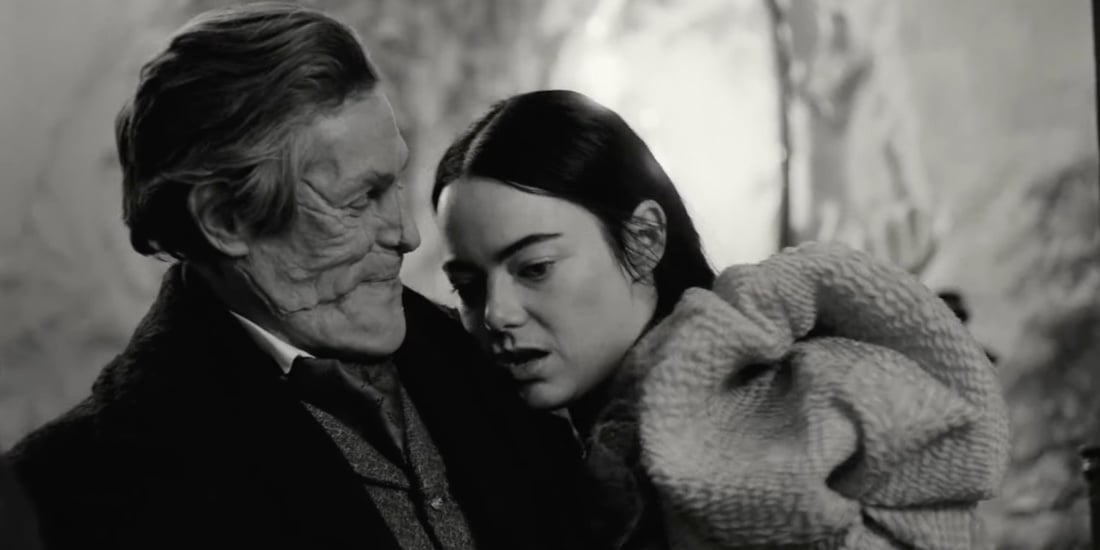
Having a common theme throughout your story is great at showing the progression of a character. If Bella, for instance, treated being trapped at the beginning of the film like she did at the end, she would seemingly have no arc.
Finding Inspiration in Other Material
It’s no secret that Poor Things was inspired by Frankenstein. Whether it’s Dr. Frankenstein (or Dr. Baxter), his creation (or Bella) or his creation’s unconventional interactions with the outside world, there were a lot of similarities, if only in tone.
It’s quite common to use great pieces of literature and art in existing material. The 2023 film, The Angry Black Girl and Her Monster, is based on Frankenstein with a spin on its commentary and The Lion King was loosely based on Shakespeare’s Hamlet. Even 50 Shades of Gray was fan fiction based on Twilight.
If you’re having trouble coming up with your next story or character, look for inspiration in existing IP. Don’t copy (unless the material is in the public domain), but don’t shy away from finding inspiration from anywhere and everywhere.
—
From its unconventional characters to unique storytelling, Poor Things is rich with inspiration for the creative writer looking to spread their wings and try something different. Bella refuses to be trapped in the scenarios she’s placed in, you shouldn’t feel trapped in your writing.
Listen to the ‘Write On’ Podcast to learn more about screenwriter Tony McNamara and his writing process.
Written by: Steven Hartman
Steven Hartman is an award-winning, optioned screenwriter. He was a Top 5 Finalist in Big Break’s Historical Category in 2019 and won Best Action/Adventure in Script Summit’s Screenplay Competition in 2021. He holds a Bachelor of Arts degree from Columbia College and had internships at Jerry Bruckheimer Films and Village Roadshow Pictures. Steve is a full-time writer and creative video producer by day and a screenwriter and novelist by night.

